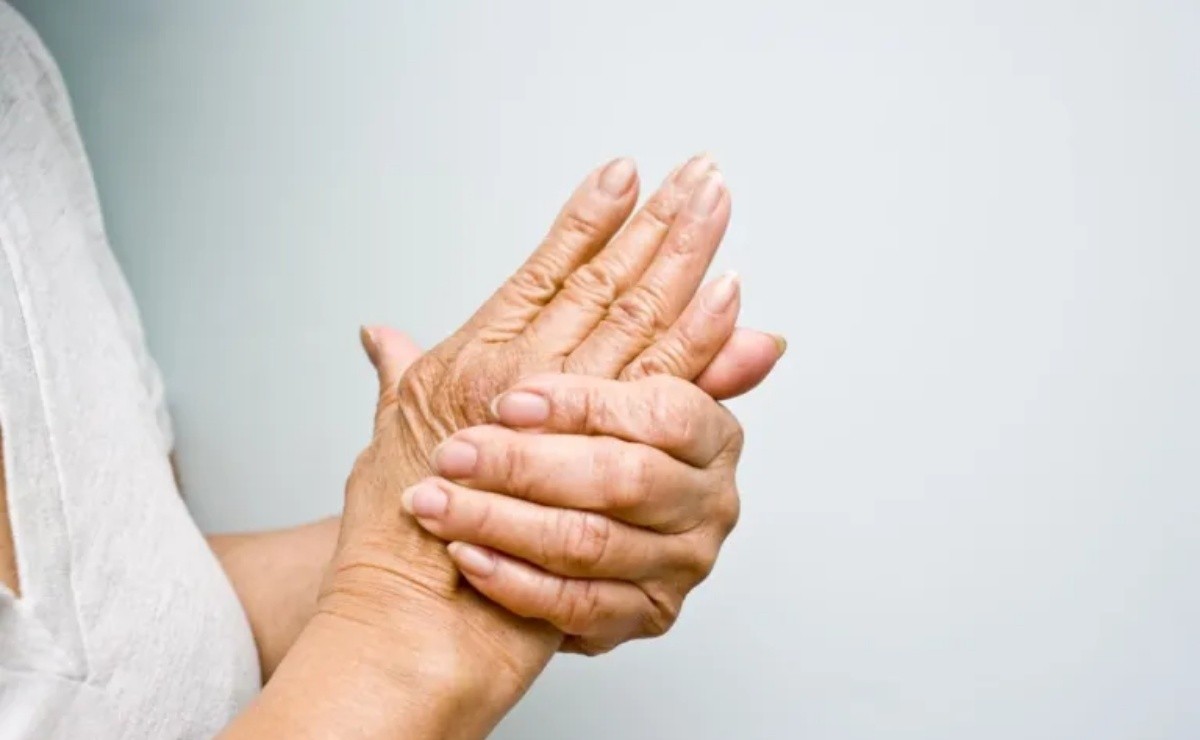
Bones, like the rest of the body, wear out over time, potentially causing disproportionate pain and disability.
This pathology is known as ‘osteoarthritis’, the most frequent joint disease in Spain, with some 7 million affected, according to data from the Spanish Society of Rheumatology (SER). In fact, according to Dr. Juan José Lerma Garrido , head of the Rheumatology service at Quirónsalud Valencia Hospital, up to 25% of the population over 60 years of age could present osteoarthritis processes caused by bone wear.
A wear that occurs as a result of friction and mechanical friction in the joints over the years.
“Osteoarthritis is a pathology that not only affects old age, anyone can suffer from it prematurely. It is characterized by joint pain in relation to daily life situations and loss of functional capacity in the patient.
It can affect any joint, being more frequent in the knees, spine, hips or hands. It occurs because the articular cartilage progressively wears out”, explains the rheumatologist.
They agree in this sense that this rheumatic pathology increases its incidence with age, being more frequent in women and in genetically predisposed people, although the entity ensures that it can be prevented and its progression avoided.

Basic treatment: modify lifestyle
Thus, Dr. Lerma points out that the basis of osteoarthritis treatment is fundamentally based on two pillars.
Hygienic-dietary and lifestyle measures and a specifically targeted pharmacological treatment.
In relation to the first section, a change in lifestyle is recommended, with special emphasis on the fact that one way to protect our joints and increase the strength of our muscles is through exercise, basically advising walking or swimming, as well as going cycling.
For example, he mentions that obesity is one of the causes of the disease and favors a faster progress, so he defends that a weight reduction will always be favorable, as well as maintaining a healthy and balanced diet.
The head of the Rheumatology service at the Quirónsalud Valencia Hospital recalls that there are currently different medications both to treat the most disabling symptoms and to slow down the progression of osteoarthritis.
These are gels, creams, local infiltrations, analgesics and so-called disease-modifying drugs, specifically authorized as symptomatic treatment of osteoarthritis, to reduce pain, improve joint function, nourish and strengthen joint cartilage, being able to slow down the processes of osteoarthritis.
“The advances in the treatment of the different and varied rheumatic pathologies have experienced remarkable progress and improvement. Currently, there are drugs capable of controlling the symptoms of osteoarthritic processes and of nourishing and strengthening the wear of the joints”, he values.
In his opinion, the key lies in defining a diagnosis as precise and early as possible, to propose the best and most innovative treatments with the ultimate goal of offering and promoting the best quality of life for people.
Precisely, the Quirónsalud Valencia Rheumatology service is a pioneer in private healthcare in the Valencian Community in the use of drugs that, when injected into the joints, slow down the evolutionary process of osteoarthritis wear.
Rheumatic disease in pediatric age
However, as Dr. Lerma warns, rheumatic pathologies are not only typical of old age.
Chronic inflammatory diseases also occur in childhood that can cause symptoms at the joint level or affect other organs or systems.
In this sense, Dr. Clara Requena, a pediatrician specializing in child rheumatology at Quirónsalud Valencia, stresses that today the origin or cause of this type of pathology "is not very clear."
"It is believed that everything is a combination of factors such as genetic predisposition, environmental factors, a more or less reactive immune system, or infectious triggers that can cause the disease," he says.
For this reason, this specialist recommends going to the pediatrician for joint inflammation, pain after rest and that improves with exercise, or redness and increased temperature with respect to the opposite joint, and stiffness.
“We must not forget other symptoms such as fatigue, generalized pain, generalized morning stiffness, limitation of daily activity or the function of a limb, prolonged fever not related to infection processes, as well as some types of skin rashes. ”, he warns.
Specifically, rheumatic disease is divided into three types of pathologies according to their origin.
The first of these encompasses inflammatory pathology or arthritis which, as Dr. Lerma points out, "depends on alterations in our own immune system, and which produces inflammation and destruction of our joints."
Another pathology is degenerative or osteoarthritis caused by the wear of the bones, and which causes pain and functional limitation, as we have mentioned.
Finally, there is metabolic bone disease, such as osteoporosis, where there is an internal fragility of the bones that can lead to bone fractures, especially in postmenopausal women.